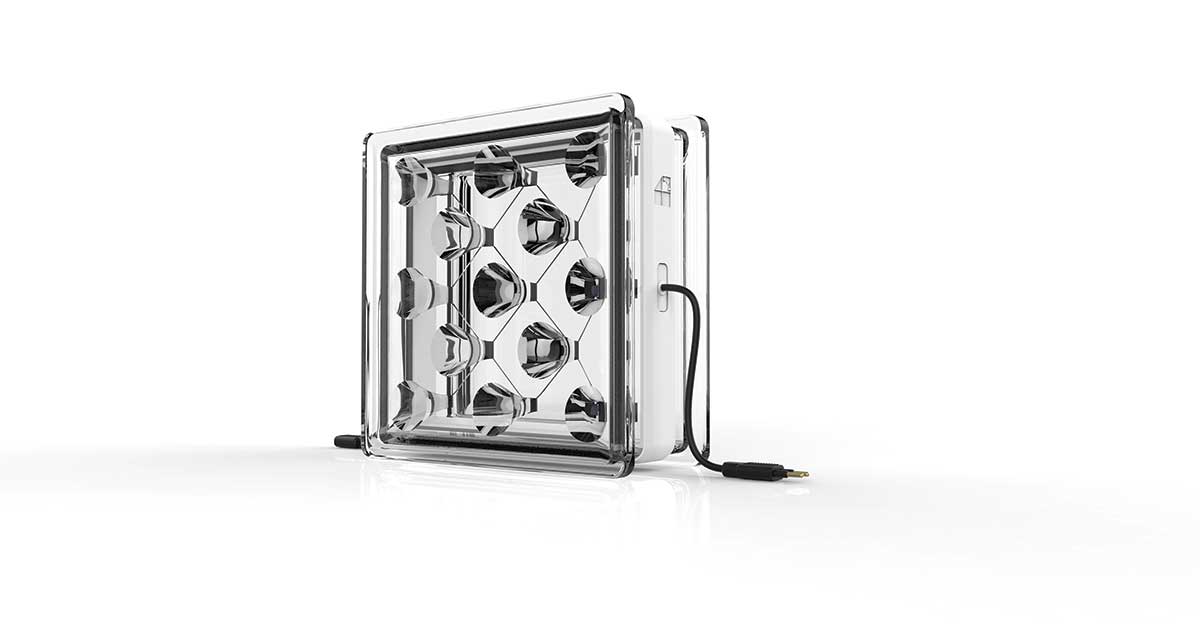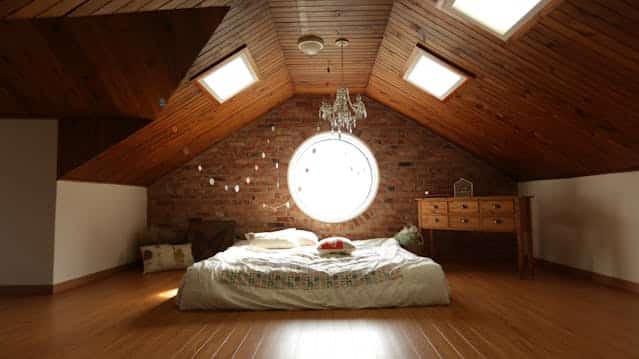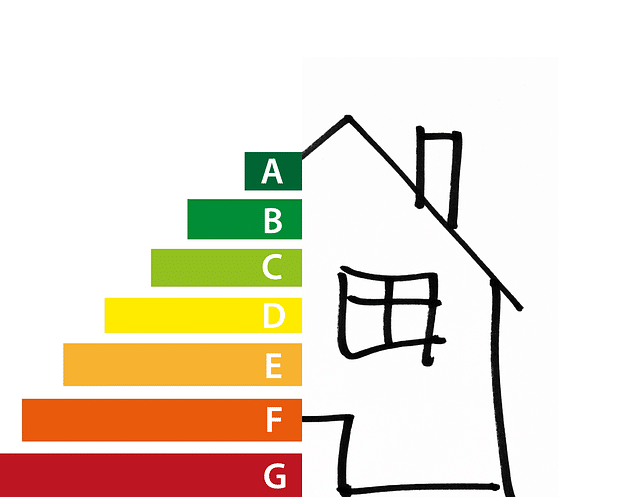1. Smart windows can switch from being see-through to opaque when, in ‘active’ versions, voltage is applied. Glazing like this can remove the need for unsightly blinds or shades or even curtains, and when opaque they block UV light too. The colour of the window can also change to block out heat and light. ‘Passive’ versions do not require an electrical input, and vary their light transmission characteristics according to ambient temperature swings. Apart from the cost, which is why domestic versions are still quite rare, installation is more expensive, durability is untested and for small scale applications the speed of control may be an issue along with the ability to dim and the degree of transparency. There are, however, now films you can buy that can be applied to the window for a similar effect. Manufacturers are also looking at harvesting energy from wind and rain to independently power smart windows.
2. Solar power generators. Roof slates can now double up as electricity generators (even though they can’t power an entire house) so why not windows? These do exist but they are not, as of yet, fully see-through. There is however a company that has placed photovoltaic (PV) collectors along the outer edge of the window, allowing for a regular see-through window within. PV glass blocks are also entering the fray (pictured).
3. Spectrally selective coatings. Considered the next step in low-e technology, spectrally selective coatings filter out 40 to 70 per cent of the heat normally transmitted through clear glass while allowing the full amount of light to pass through. The coatings can be adapted to local climatic conditions by customising what gets filtered out.
4. Phase change technology. These windows deal with overheating by physically absorbing and storing heat from the sun during the day and releasing it at night as the internal temperature falls. This is done through a salt that melts when temperatures are high and recrystallises when it’s cooler.
5. Bird friendly. If you’re concerned about birds breaking their neck on your window panes, you could consider a feather-friendly glass which looks clear to the human eye but shows up streaked to the unsuspecting avian.
Sources: Solar Window Technologies Inc, GlassX, Ornilux, US Department of Energy, Polysolar, Physee, Build Solar




















